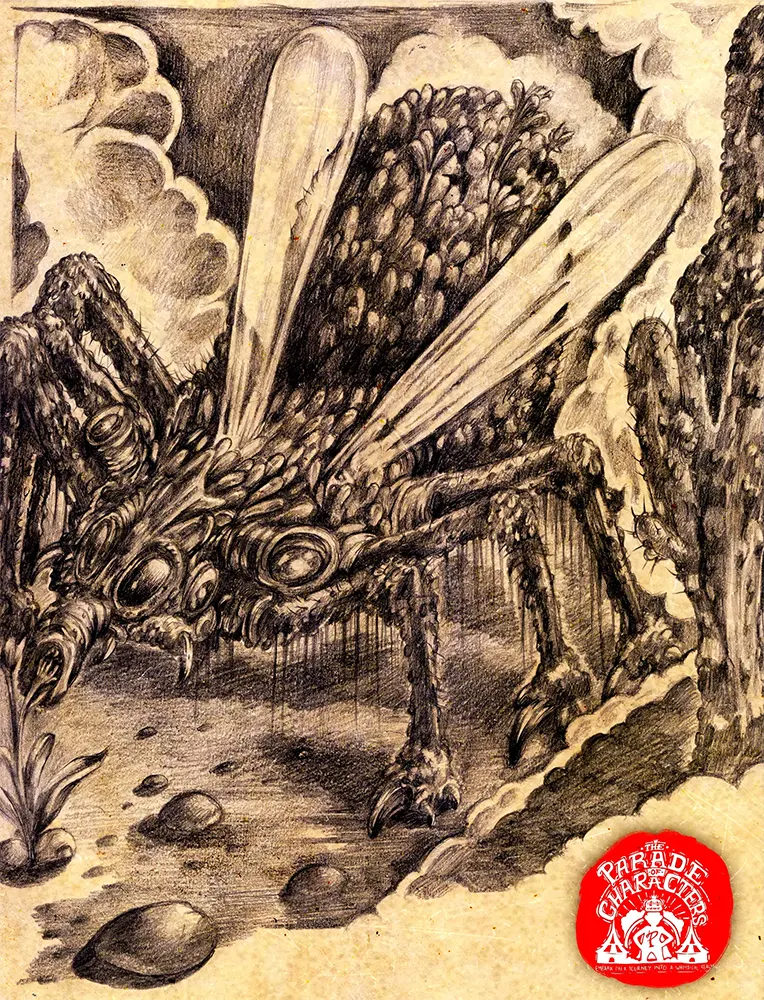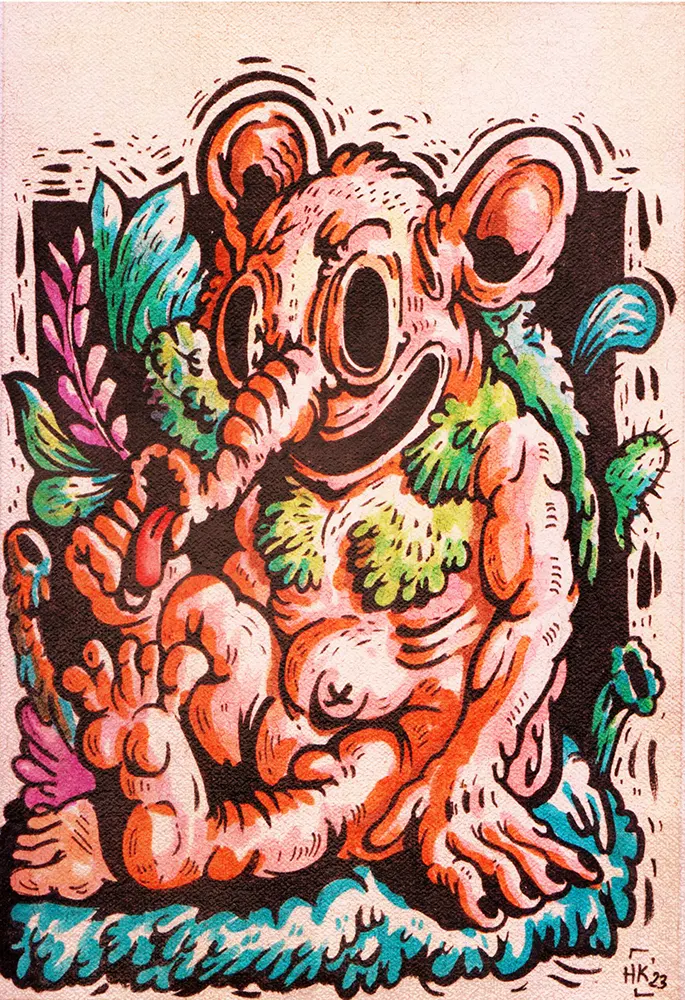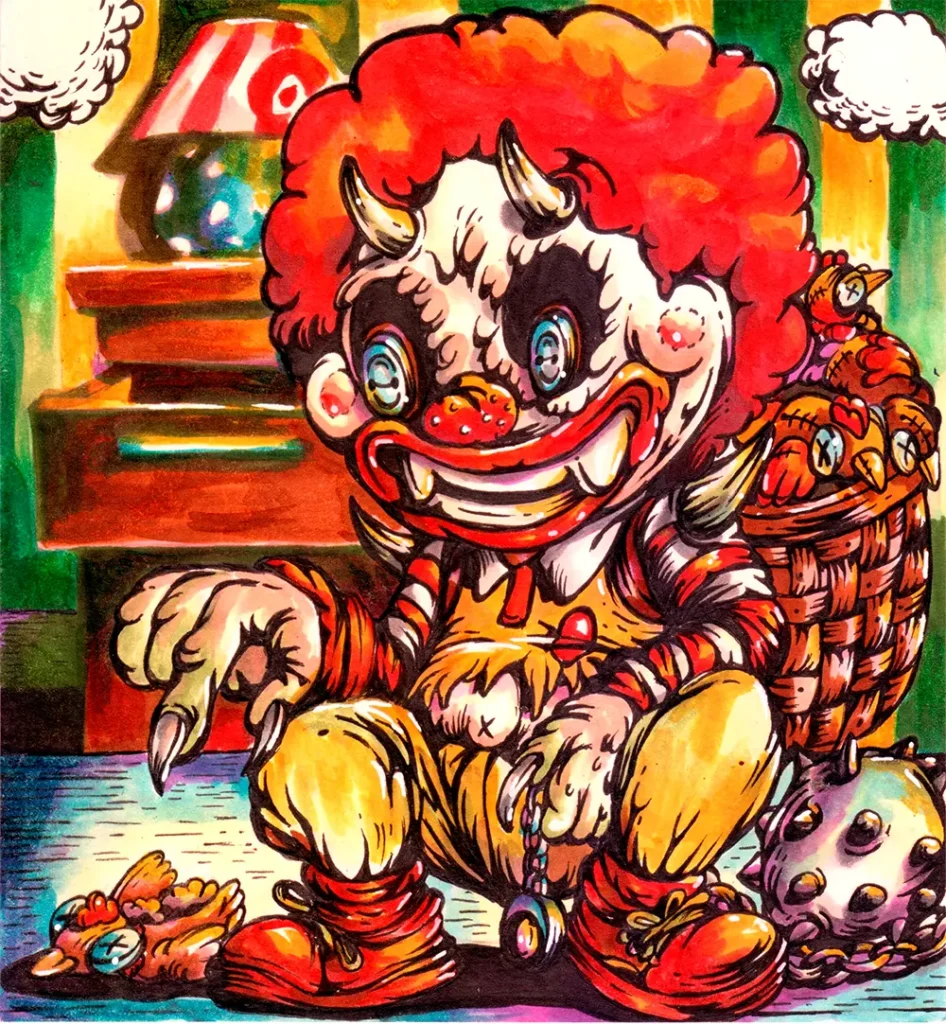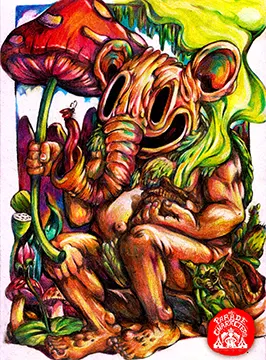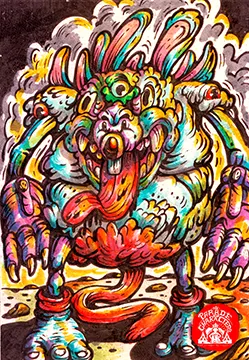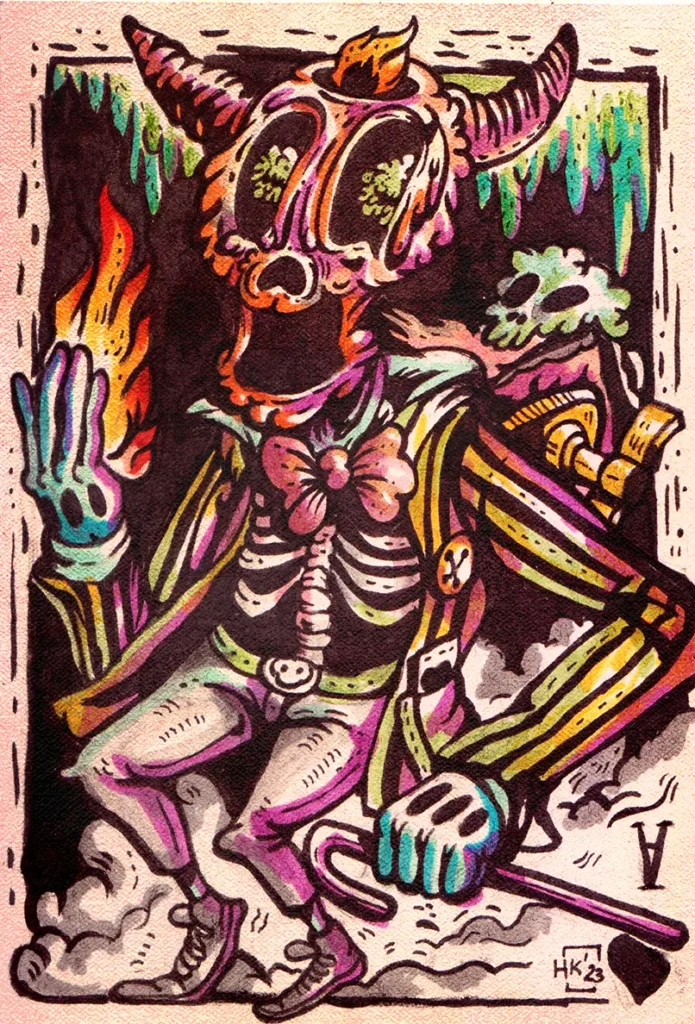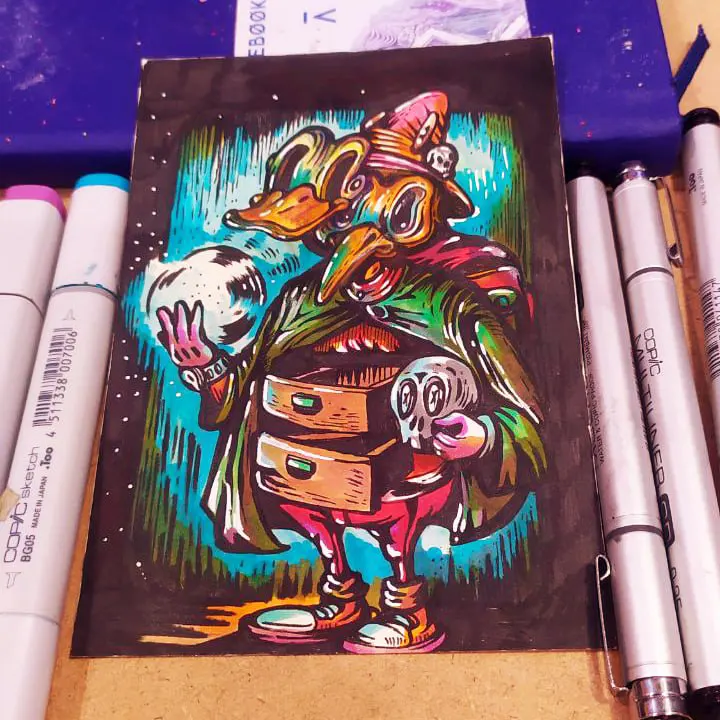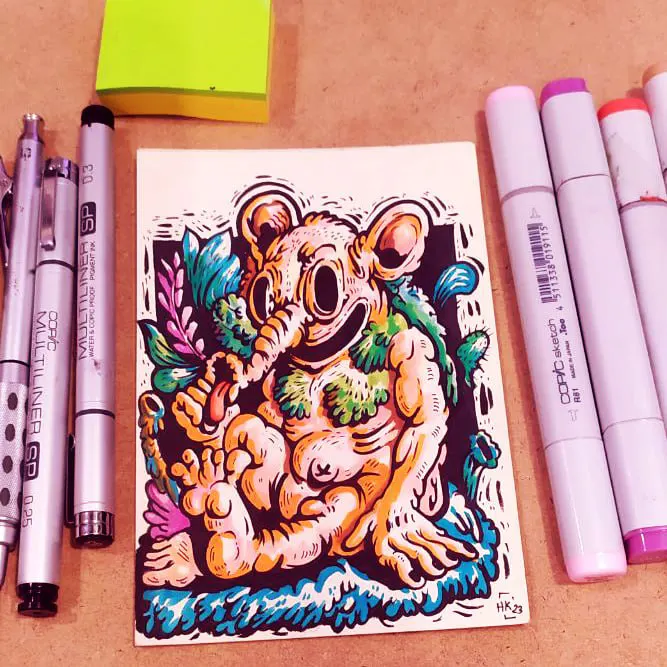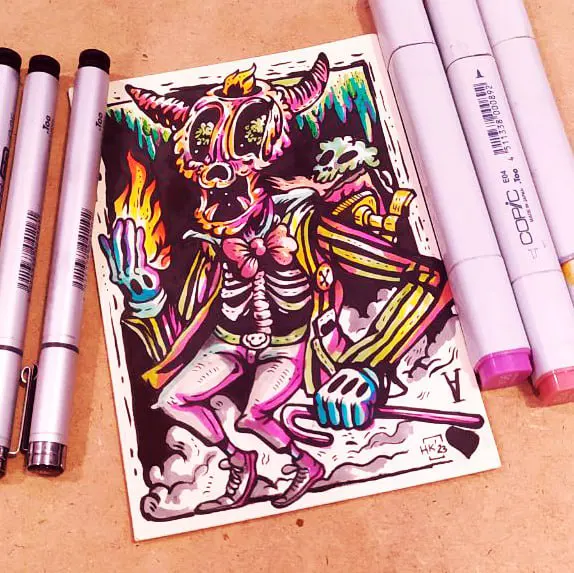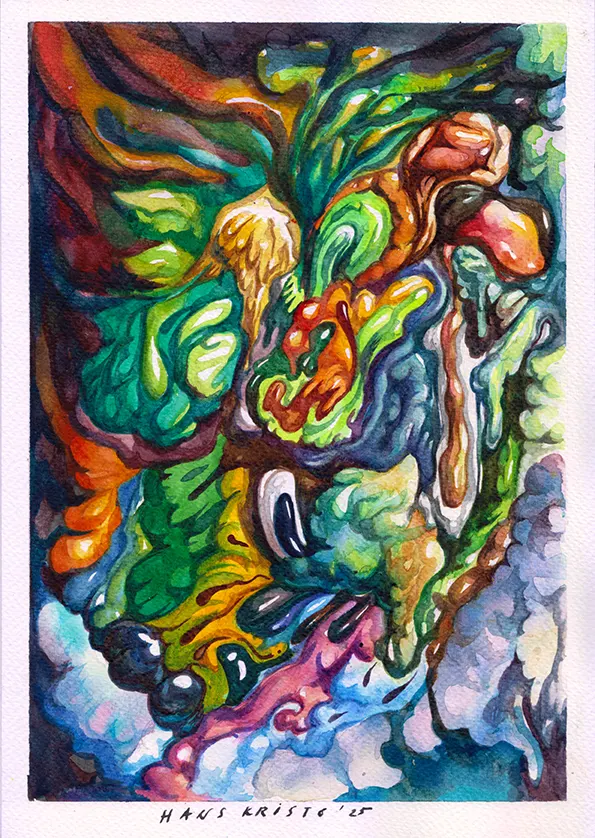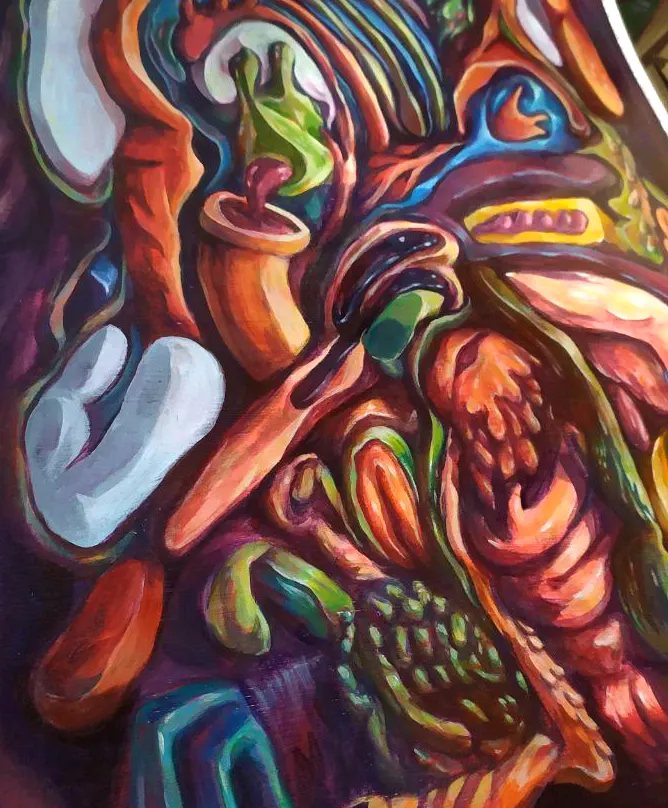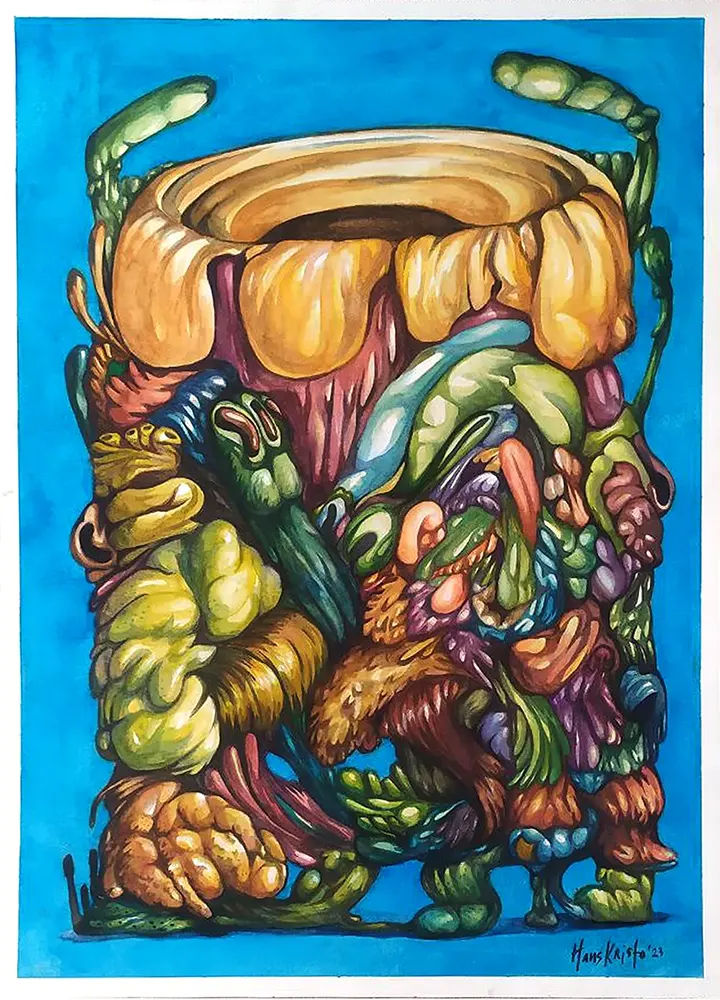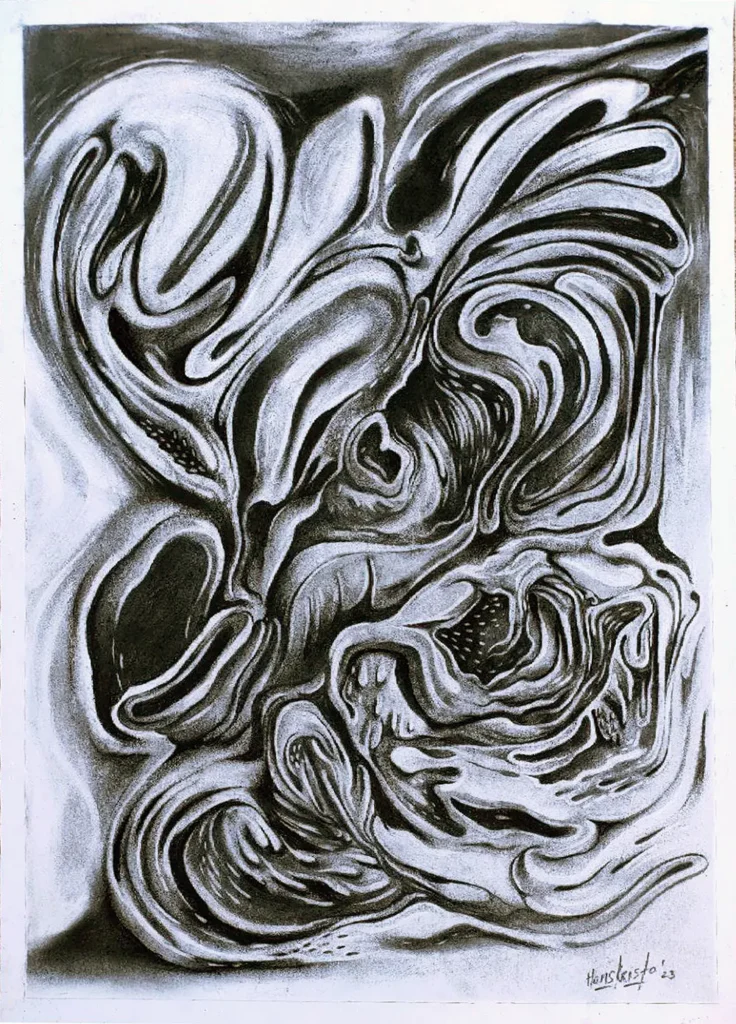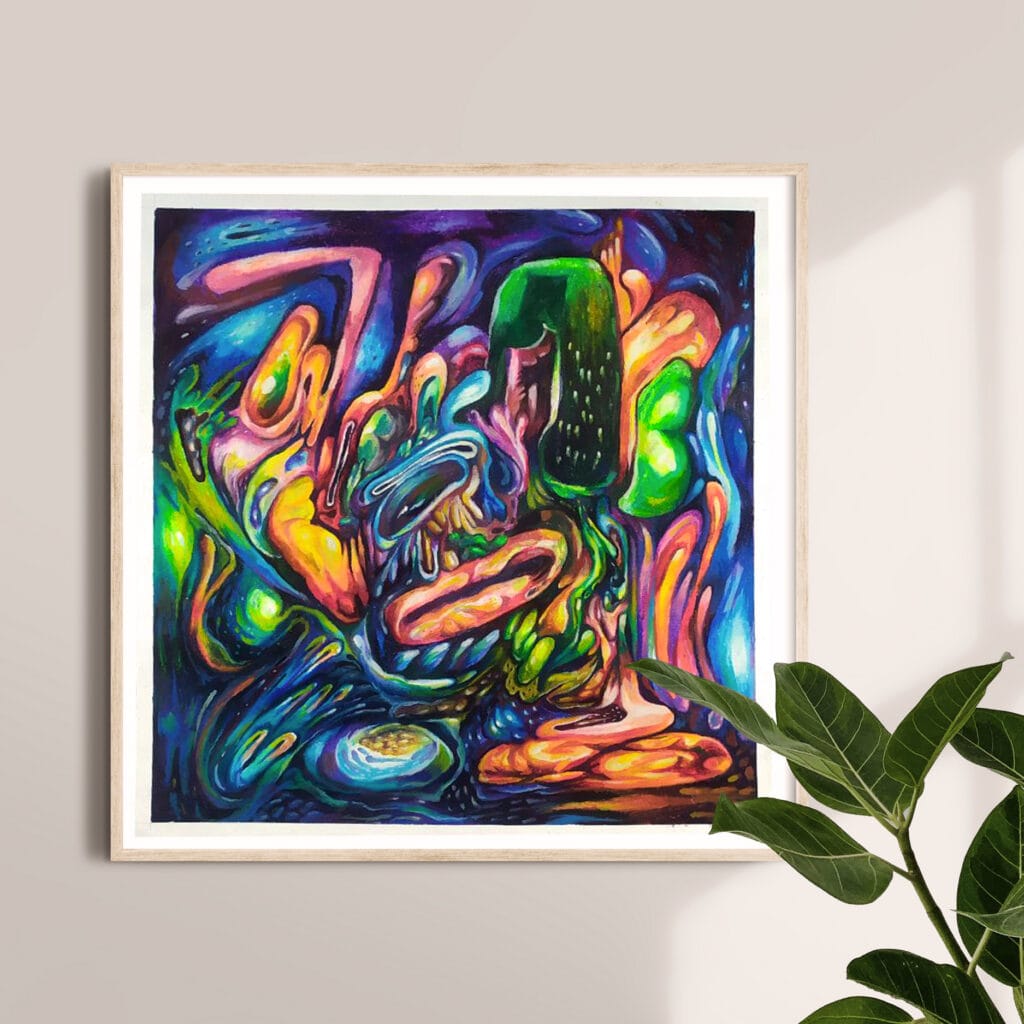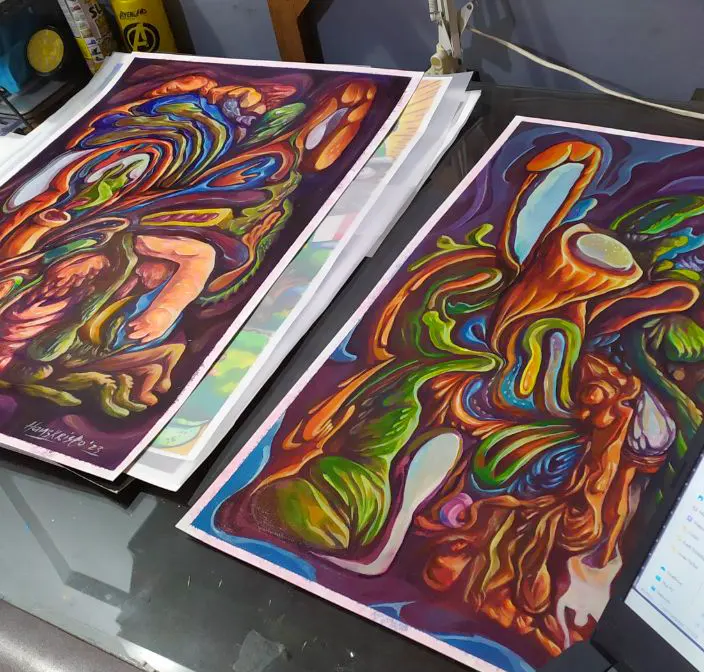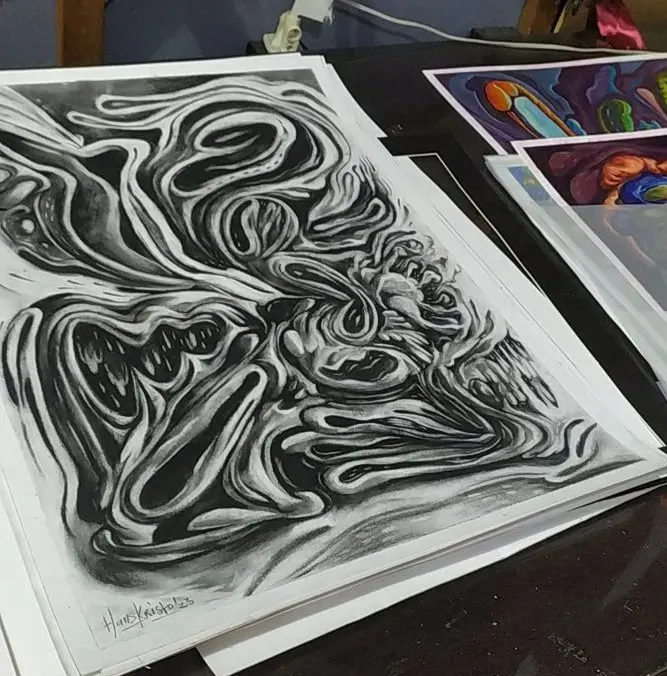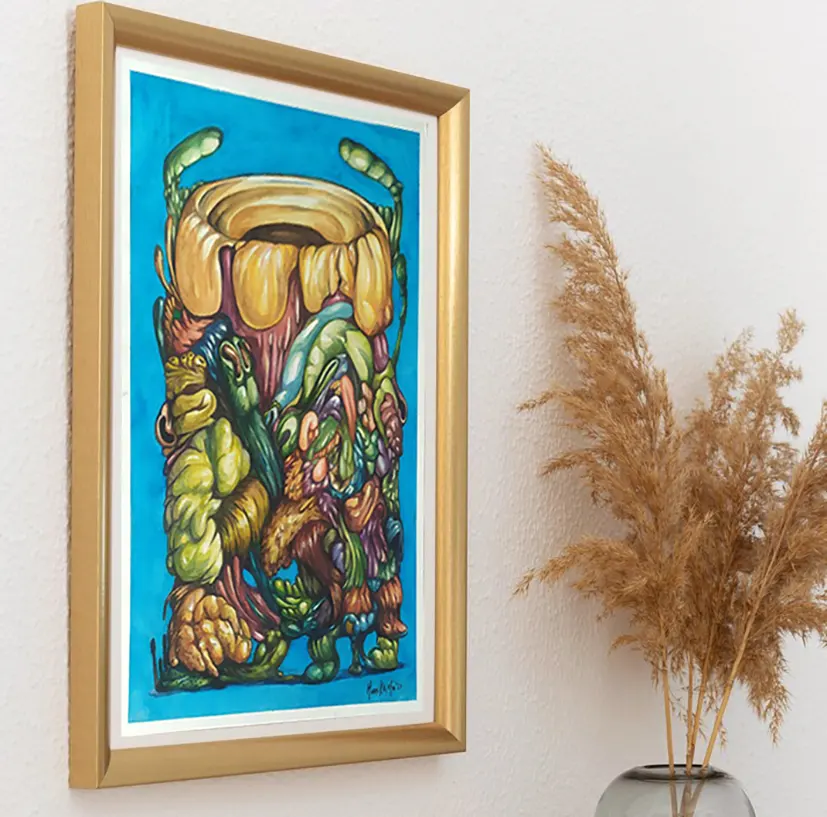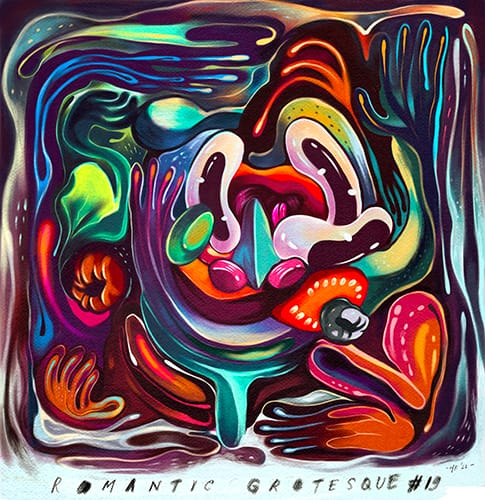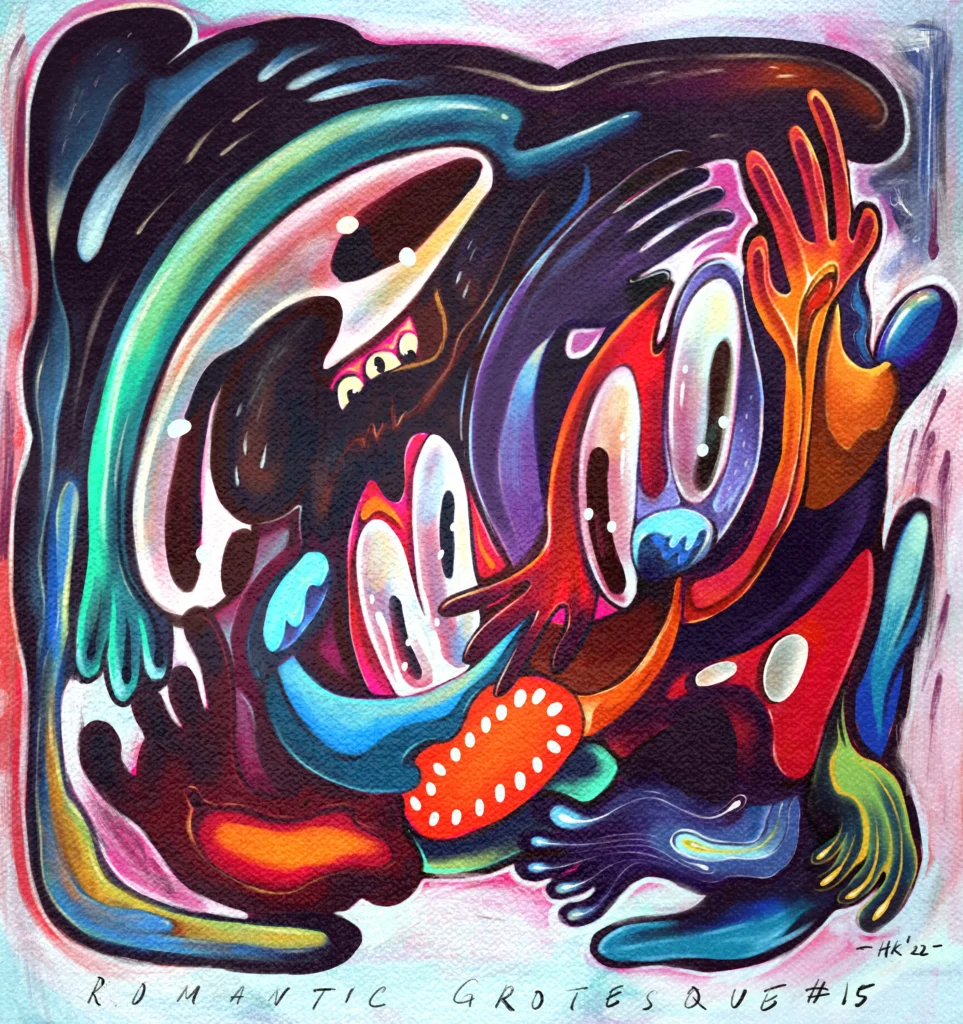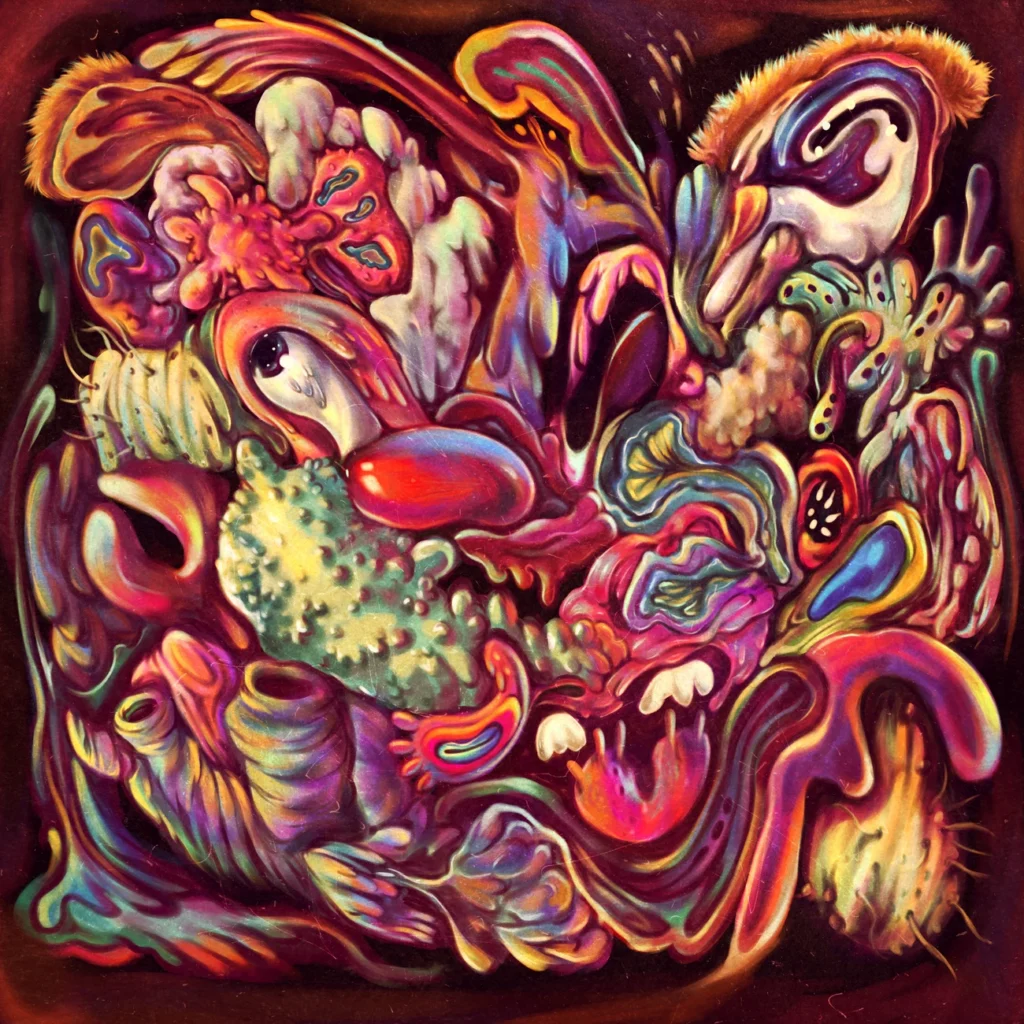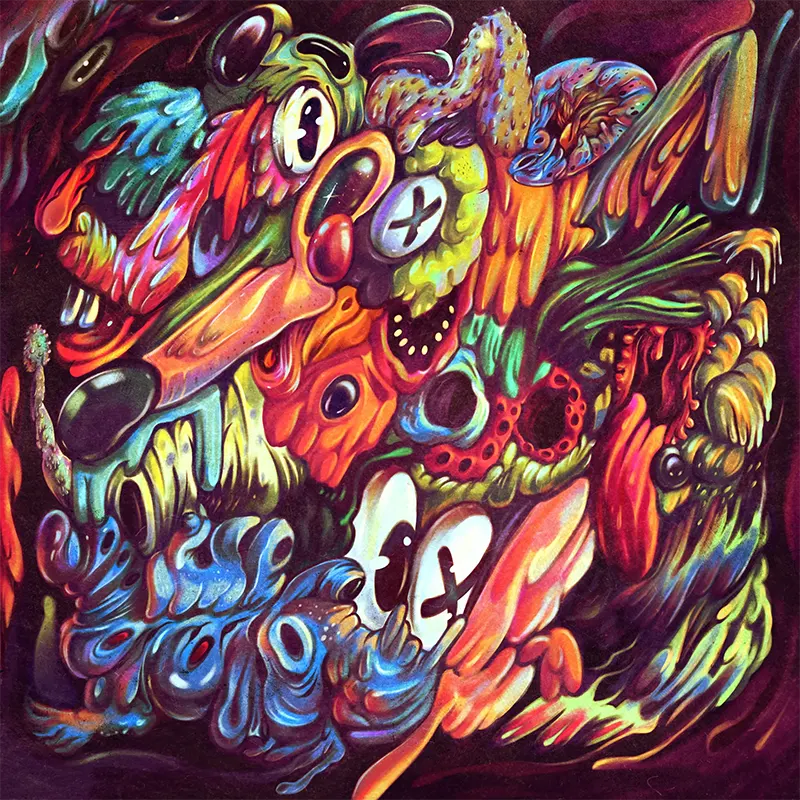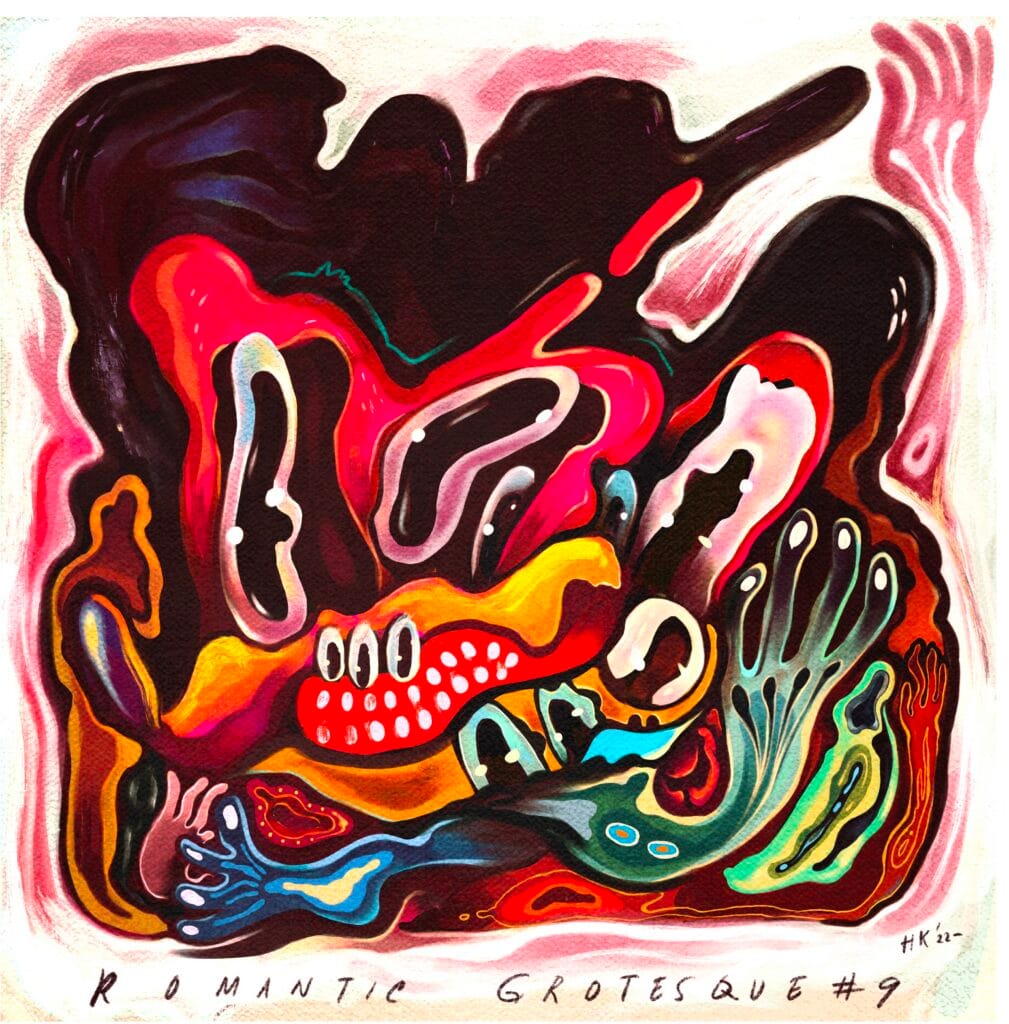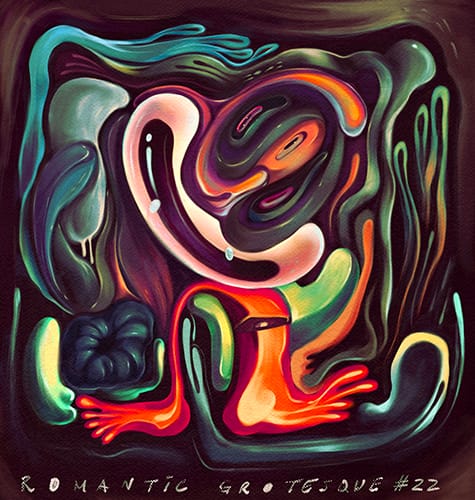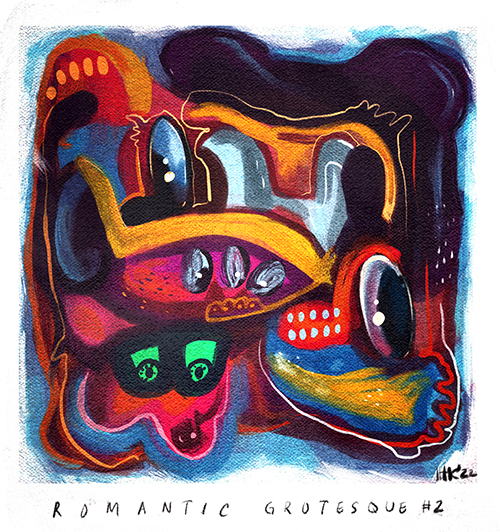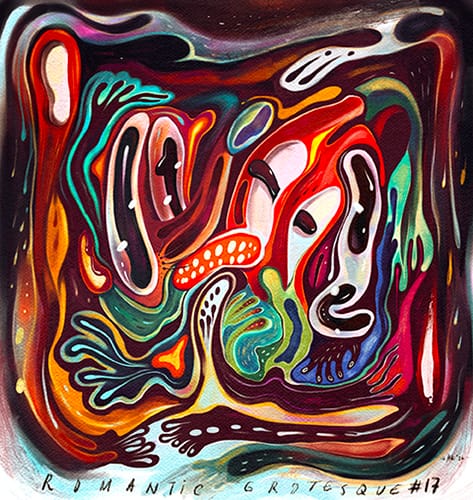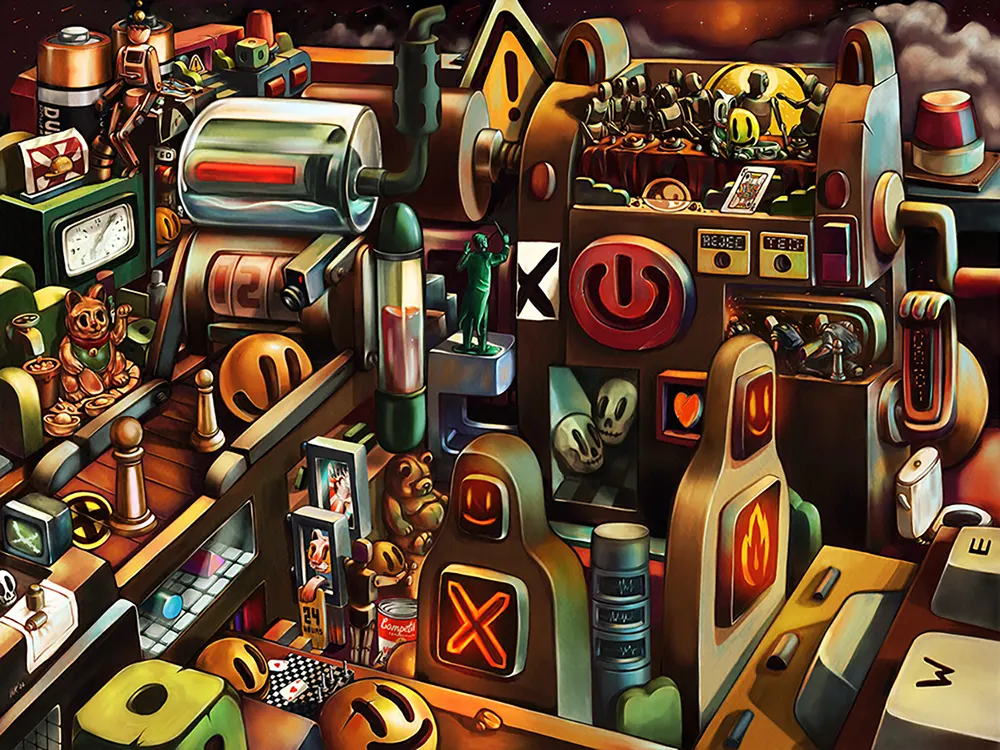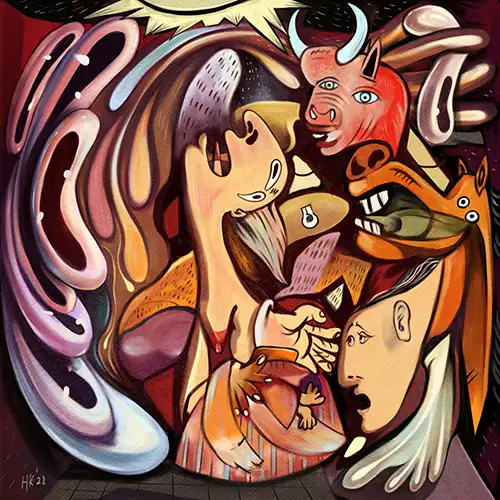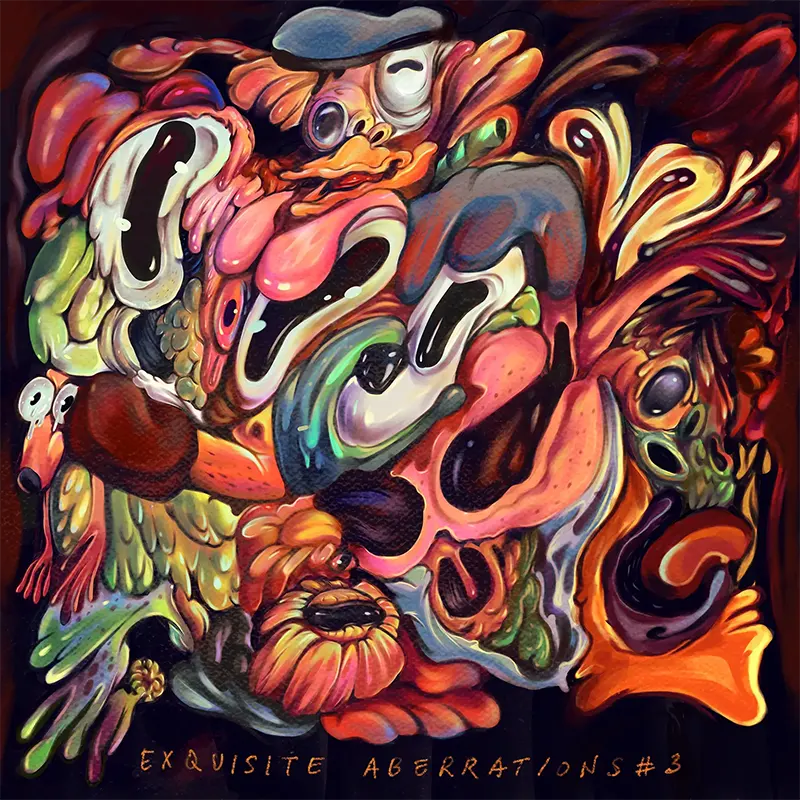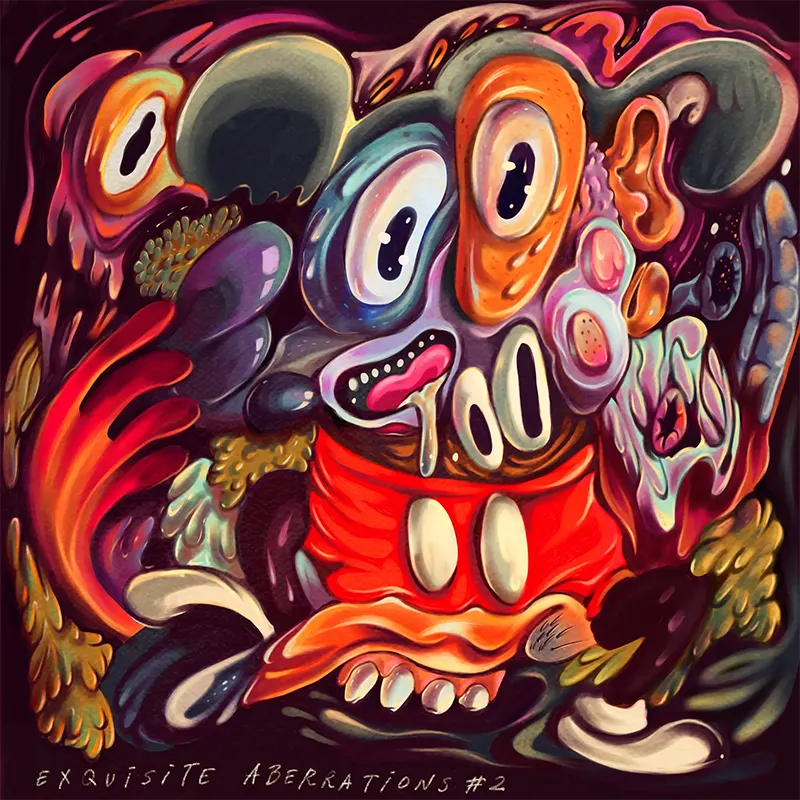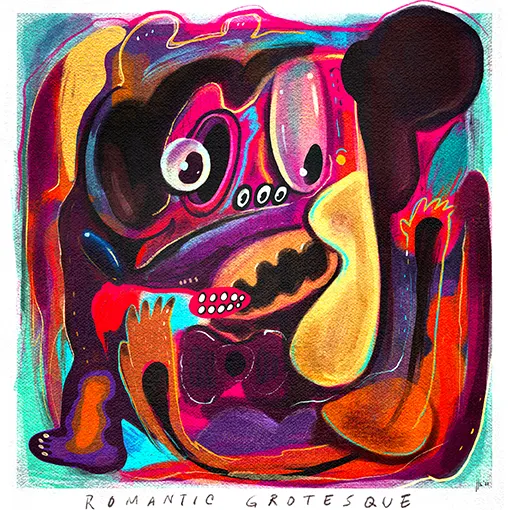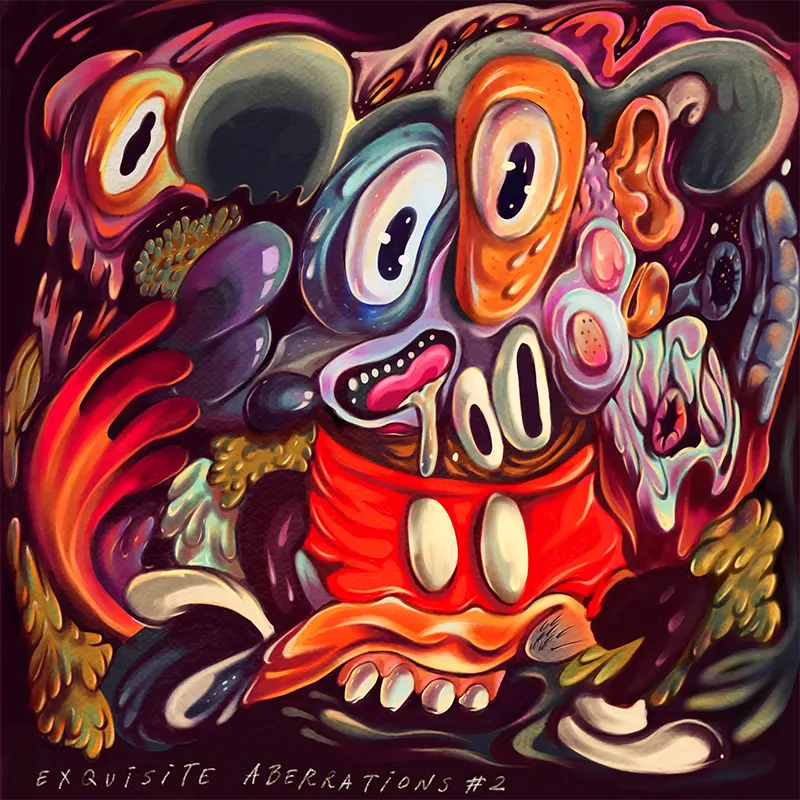
My 4-Years Journey in Pop Surrealism and Web3 Art | Lessons, Struggles, and Growth
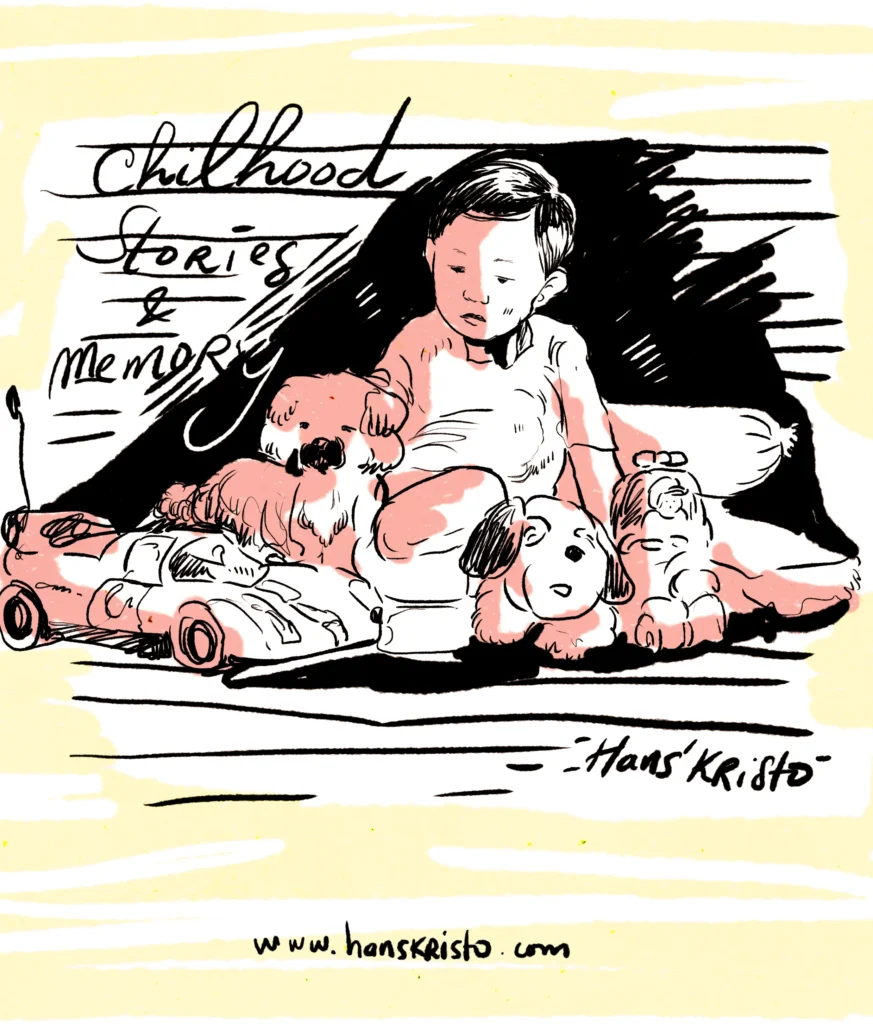
Introduction: From Traditional Canvases to Digital Worlds
I’m Hans Kristo, a pop surrealism artist from one of Indonesia’s big cities. Growing up in a family with no artistic background, it’s hard to trace exactly where my love for art began—though my father, with his Chinese-Indonesian roots, was not an artist himself but had a deep appreciation for calligraphy and Chinese traditional poetry, as well as traditional crafts. That quiet passion might have planted the first seeds of curiosity in me.
As a kid, I was drawn to cartoons and old-school toys—mostly wooden or plastic, colorful but already worn out. I used them to build little worlds of my own, turning pillows and bolsters into backdrops for the stories in my head.
Two early experiences left a profound mark on me. The first was watching my uncle effortlessly sketch animals on brown wrapping paper—his quick lines carried a sense of wonder that felt almost like alchemy. The second came from the television lessons of Pak Tino Sidin, whose gentle voice and iconic encouragement, “BAGUSSS!!!,” introduced a generation of children to the joy of drawing. At a time when Indonesia had only one state-run television channel, his presence was not just educational but cultural. His refusal to criticize, his emphasis on encouragement, created a memory that lingered with me far beyond childhood—perhaps my first glimpse of how art can nurture rather than intimidate.
Even so, I didn’t pursue drawing seriously at that time. Art wasn’t popular, my parents didn’t encourage it, and no one around me really cared about it. So my creativity mostly showed up as small sketches in the margins of my school notebooks. Looking back now, though, those memories became the seeds that eventually grew into my journey in pop surrealism and later into Web3 art.
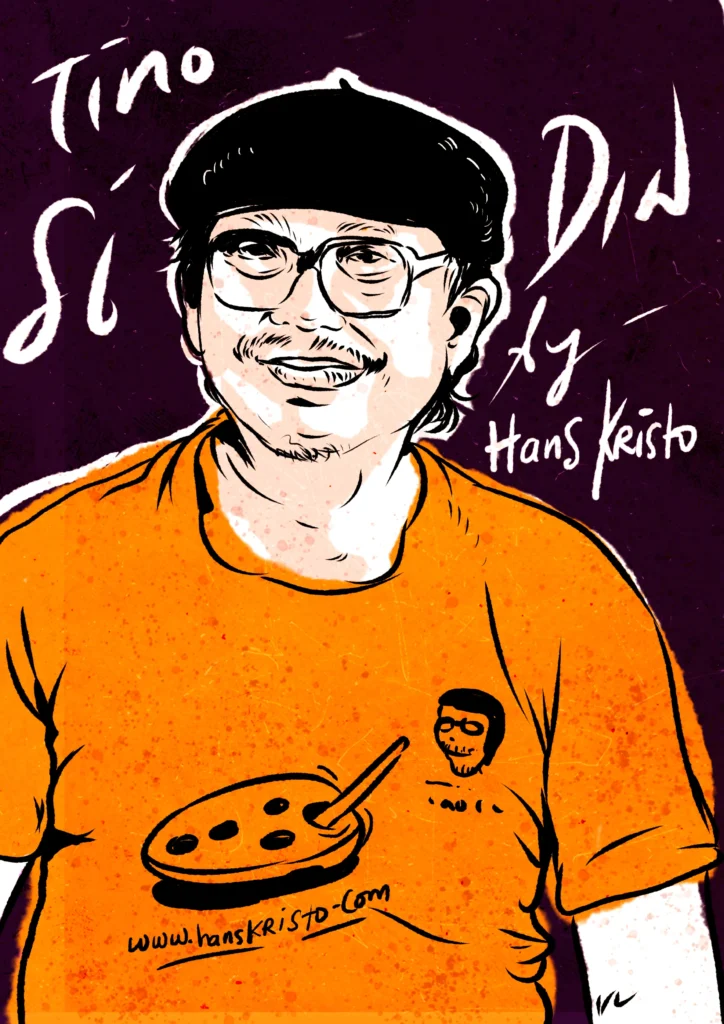
However, it was during college that I first became interested in art—almost by accident. I had started out studying engineering in Bandung, but my curiosity shifted when I got into the world of T-shirts and streetwear. That interest eventually led me to explore design, which became the gateway to fine arts and opened a whole new passion in me.
I began taking part in group exhibitions in Bandung, joining both senior artists and friends from my generation. Later, when I moved to Bali to work as a children’s surfwear illustrator, I continued creating regularly and stayed connected with the local art community there. Those years shaped my dedication to art and deepened my love for visual storytelling, which later became the foundation of my path as a pop surrealism artist.
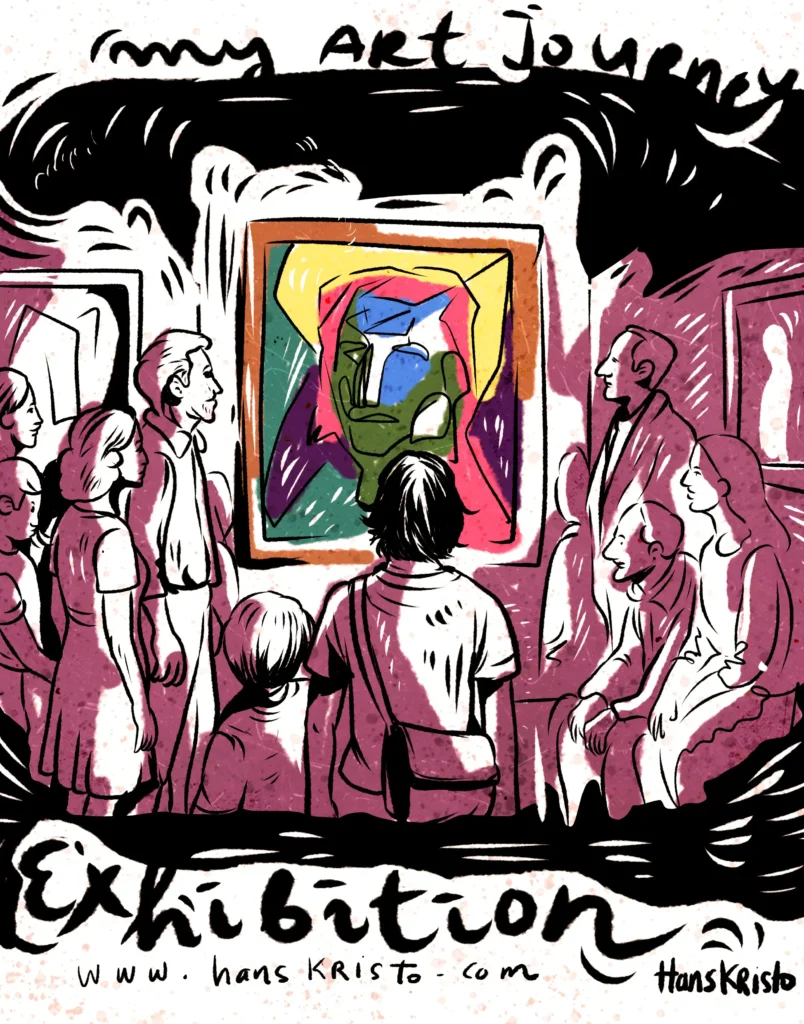
A new leap in my artistic journey came in 2021, during the COVID-19 pandemic. With lockdowns, social distancing, and long hours at home, I spent more time online and joined various discussions on platforms like Clubhouse to fill the empty days. That was when I first encountered the world of crypto and Web3. At the beginning, I was skeptical and completely unfamiliar with it.
But in November 2021, I decided to take a chance and dropped my first digital work titled “Evolution Found Its Own Way.” The piece visualized how evolution changes and finds its own direction, and in many ways, it reflected my own journey. Just like its title, my art kept evolving—shifting from traditional canvases and paper into digital forms, where I began blending mixed media techniques with glitch aesthetics. This transition became the foundation of my presence in Web3 art and opened new possibilities for storytelling in the digital space.
Evolution found its own way
Discovering Pop Surrealism and Lowbrow Art
When I first began to understand fine art during my time in Bandung, I was fascinated by the old masters and modern icons: Marcel Duchamp, Diego Rivera, Salvador Dalí, Frida Kahlo, Zhang Xiaogang, Fang Lijun, Agus Suwage, Heri Dono, and many others. Their works strongly influenced me in those early years. I was already drawn to classic surrealist art, and I tried to create in a similar style—though with limited technique back then.
Over time, however, my work began to shift. I found myself evolving toward more contemporary directions—leaning into pop culture elements and brighter colors. This transformation also gave birth to new collections, such as Homo Ludens, which explores the symbolic world, a kingdom of signs, a republic of fleeting realities, an artificial domain shaped through play. In this series, I experimented with digital media, motion and animation, mixed media, and traditional art. It kept moving, kept growing, shaped by the philosophy of play and tension, where I tried to understand both human beings and their realities.
As I continued to create, I also discovered another side of myself—more cathartic and emotional. I realized I loved distortion, the unusual, the overlooked, the absurd in between. From this flowed two collections that remain central to my practice: Romantic Grotesque and Exquisite Aberrations, both born out of spontaneity and a fascination with beauty in strangeness.

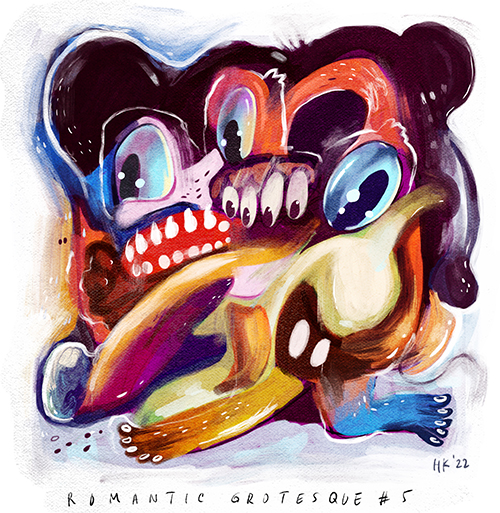
My 4-Years Journey in Pop Surrealism and Web3 Art : What Changed
Over the past four years, many things have changed—not only my painting style but also the community and culture I’ve been part of. Web3 itself has been a major shift for me. I’ve come to realize that culture never stops at a manifesto; it keeps clashing, reshaping, and evolving—something my country’s own Tan Malaka once described as “terbentur, terbentur, terbentuk.”
Entering Web3 in 2021 felt like walking into a utopia built on collective optimism. The air was filled with mantras—“WAGMI,” “Let’s go to the moon”—expressions of a shared belief that we were not only creating art but participating in a cultural shift. That sense of solidarity was intoxicating, yet it was also fragile. Over time, the idealism gave way to fractures: cliques, disappointments, even rug pulls. What began as a chorus of unshakable optimism matured into a more complex reality—one where community, creativity, and competition coexist in tension. Looking back, I see that transition not as disillusionment but as an inevitable stage of growth, both for the ecosystem and for myself as an artist.
" Terbentur , Terbentur dan terbentuk "
Tan Malaka
Discover my universe of Pop Surrealism & Digital Experiments.
Lessons Learned from Being a Web3 Artist
During my four years as a pop surrealism artist in Web3, I’ve learned so many things—not only about art and community, but also about how to market my work. Along the way, I picked up some knowledge of Web3 technology and its financial systems, including tokenization and crypto coins.
My understanding isn’t deeply technical, but I’ve gained enough insights to appreciate how these elements shape the ecosystem around digital and Web3 art.
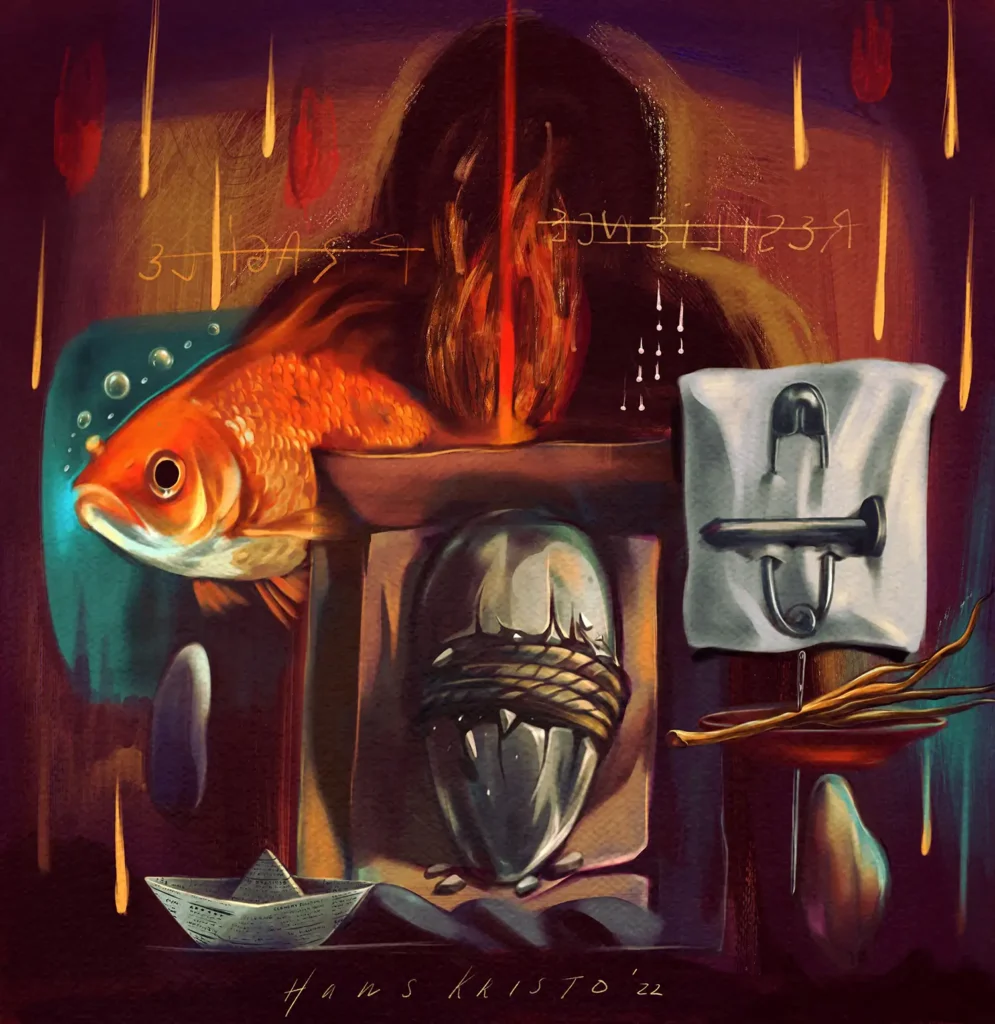
A Story of Resilience
Challenges and Struggles Along the Way
But becoming an artist is never easy—especially trying to survive as a full-timer in Web3. Just like the coin markets on the blockchain, which are volatile and unpredictable, the NFT art market can swing just as wildly. The rise and fall of trends, styles, and artists can happen in an instant. There’s even a saying that “one day in Web3 feels like a month in real life”—meaning that missing just a single day of updates can make you feel far behind. This is also why the market often triggers intense FOMO. For artists without a strong mindset, it can easily disrupt existing work rhythms and creative focus.
Still, many crypto and Web3 enthusiasts believe this is only the very beginning. In other words, there’s still so much room for change, growth, and new opportunities.
Looking Ahead: The Future of Pop Surrealism in Web3
With the rapid growth of blockchain-based Web3 technology, change is happening everywhere—and many see it as a breakthrough for contemporary civilization. It makes life easier in countless ways, though it can also feel challenging to keep up, as not everyone adapts at the same pace.
The spirit of FOMO (Fear of Missing Out) is real—artists often feel the urge to stay updated on everything, and hype-driven styles can be distracting. Market trends shift quickly, and it’s true that artists who shine today may see their momentum slow tomorrow. Yet this constant change is also what keeps the space alive. For those who embrace flexibility, Web3 offers not just risks but also endless opportunities to reinvent, adapt, and find new ways of expression.
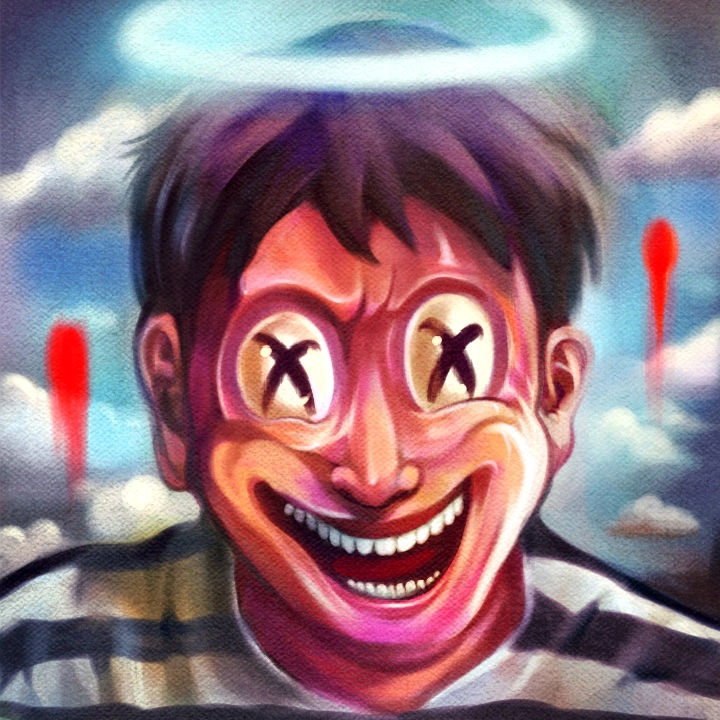
Conclusion 4 years Journey in Pop Surrealism and web3 Art : A Journey Still Unfolding
But beyond the challenges and strengths I’ve mentioned, I’m deeply grateful for these past four years. From FOMO, I learned how to stay driven and keep creating—my productivity grew, and I discovered new possibilities within my own work. I also learned how to better appreciate the art of fellow creators, while finding ways to sell my own pieces and connect with collectors and supporters in Web3.
Thank you for following along with my journal.

